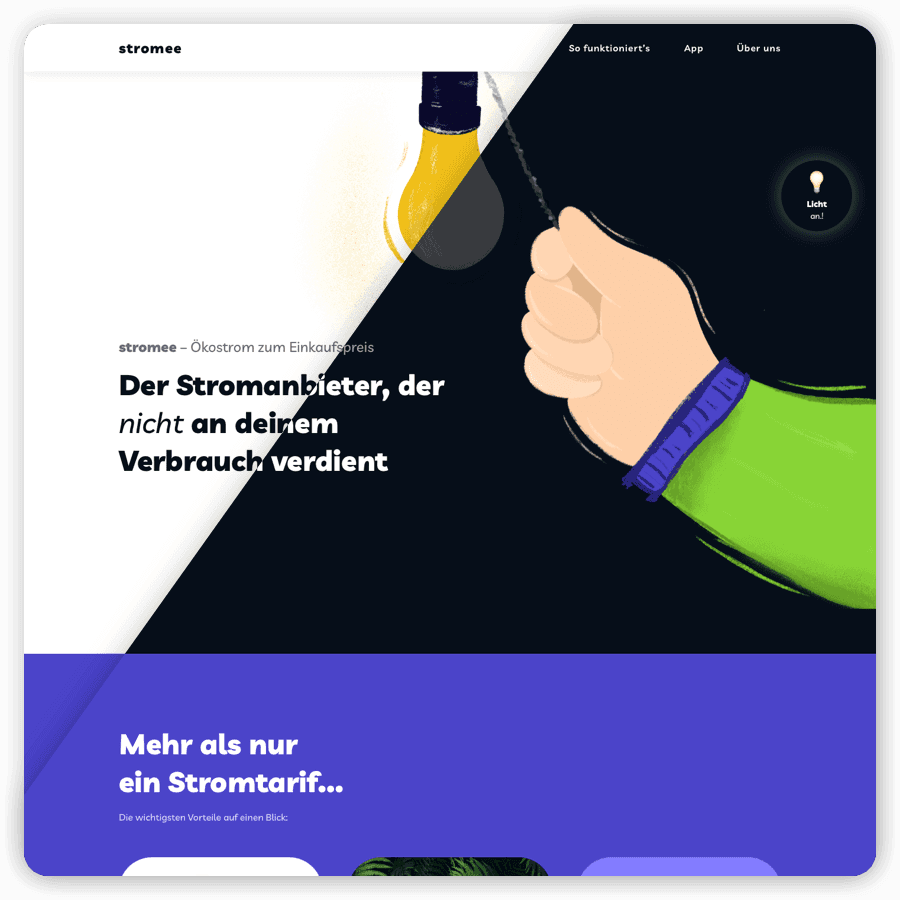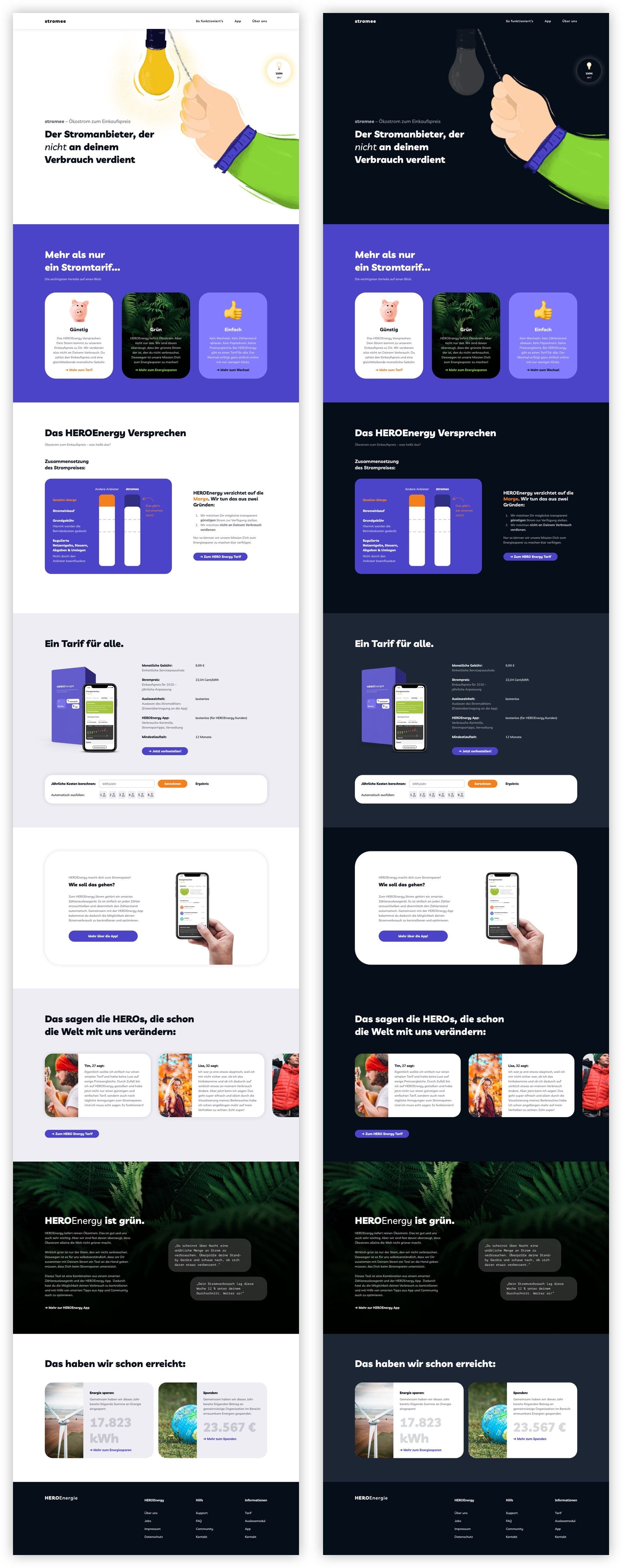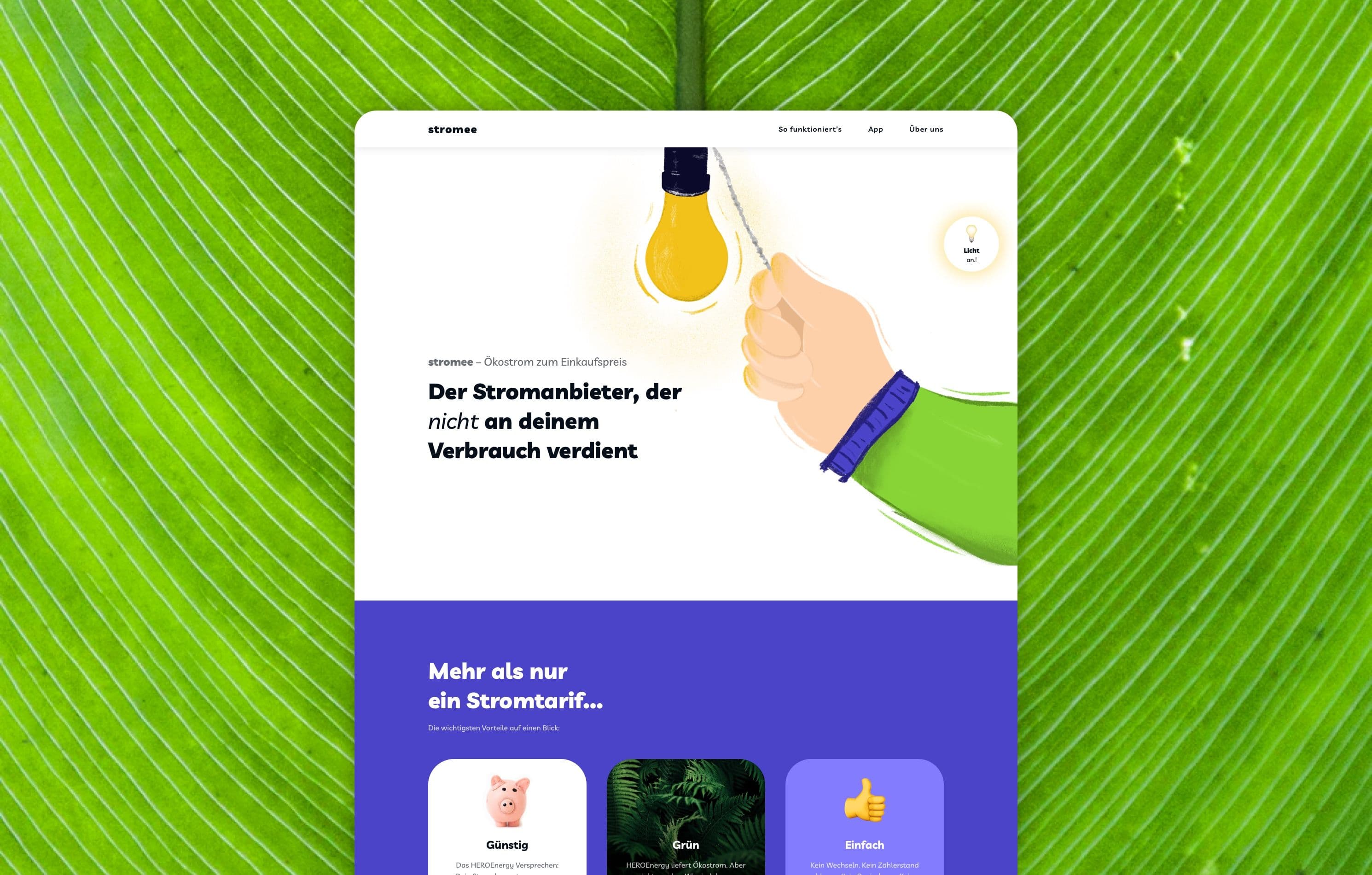
Stromee Business Model Testing
About this project
The homee GmbH set out to create a new product adressing the need for a new and smart way of consuming energy. homee is a startup from Berlin Germany with both roots in IoT and Software Development as well as in the energy sector. Their existing product, which is also called homee, is a Smart Home hub that connects different radio protocolls in order to provide the user with a wide range of connected products for their homes.
I came into this project at a very early stage to facilitate and help with getting to a concrete business idea as well as to advise them on how to test it later on.
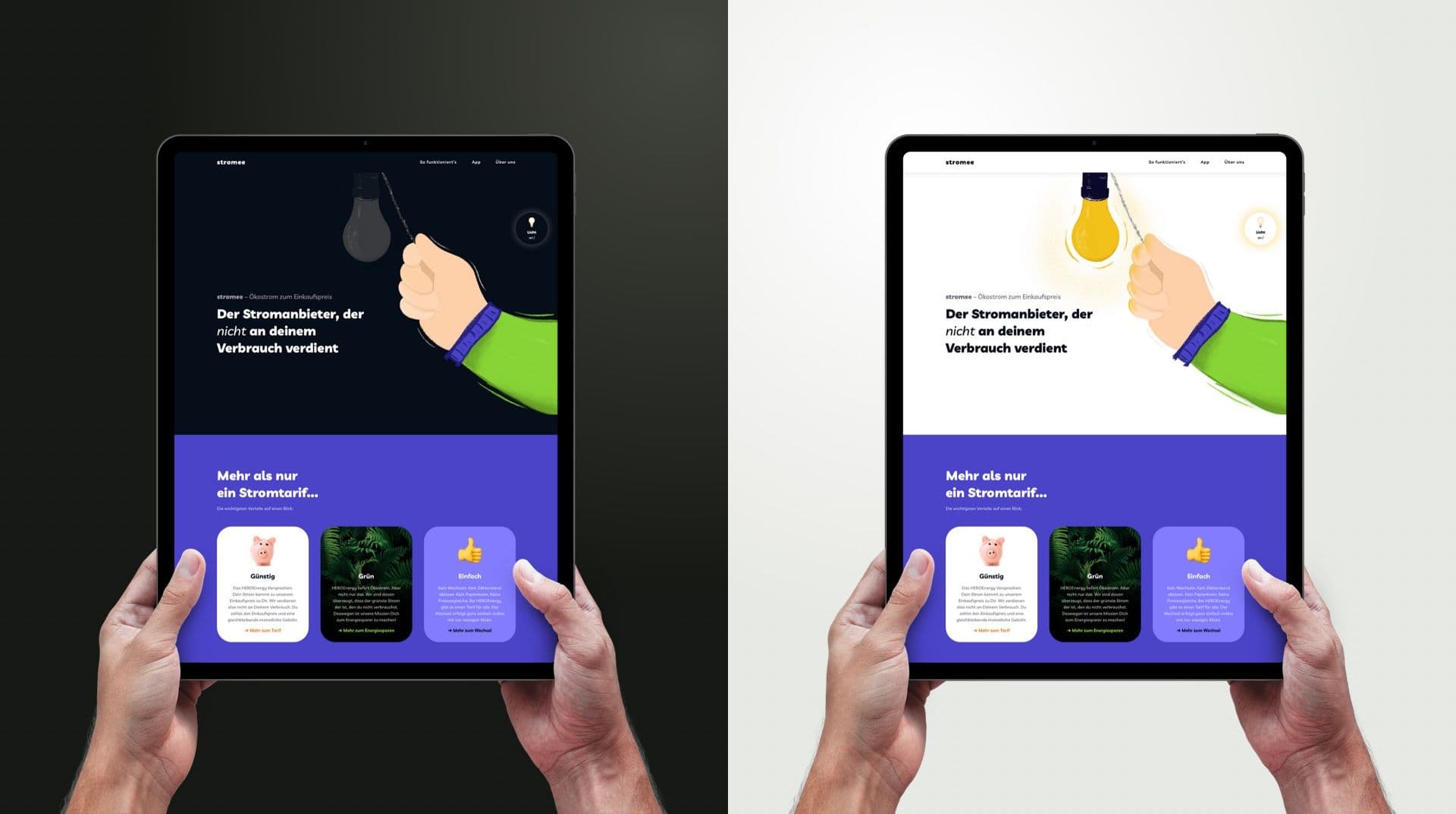
Kick-off workshop: Alignment
My first step of almost every project I work on is to get alignment. In this case I facilitated a workshop were we got alignment on:
- The vision
- The important unmet customer needs and unsolved problems
- The customer segment to target
- Feasability, viability, desireability
- Trends
During this workshop it quickly became obvious that we did not only have assumptions around the mentioned topics (users, their needs etc.), but also around the business idea that would solve for them. So I felt like it would be good to get them on the table and so I improvised an exercise. I asked the participants to spead out in the beautiful lovation we booked for the workshop and to sketch out the solution they imagined. We ended the day with presenting our solutions to each other and voting on them.

Business idea testing and sketching workshops
For the second workshop I gave a short introduction into how to test business ideas. We got aligned on the business idea and collected our hypotheses. By sorting them based on their risk and certainty, we concluded that the hypotheses around desireability were of the highest importance and needed to be tested early on. That is why we decided to start with a simple landing page (with click- and signup-tracking) paired with social media campaigns to drive traffic to the landing page as well as to track the clicks. To guide the tests and next steps we created a collection of research questions.
On one of the workshop days we also collectively sketched out the landing page. Doing so, we realized that there still were some misalignments on the target audience and the best way to adress their needs. So aparently it was very important that we did this exercise and more so that we did it as a team.
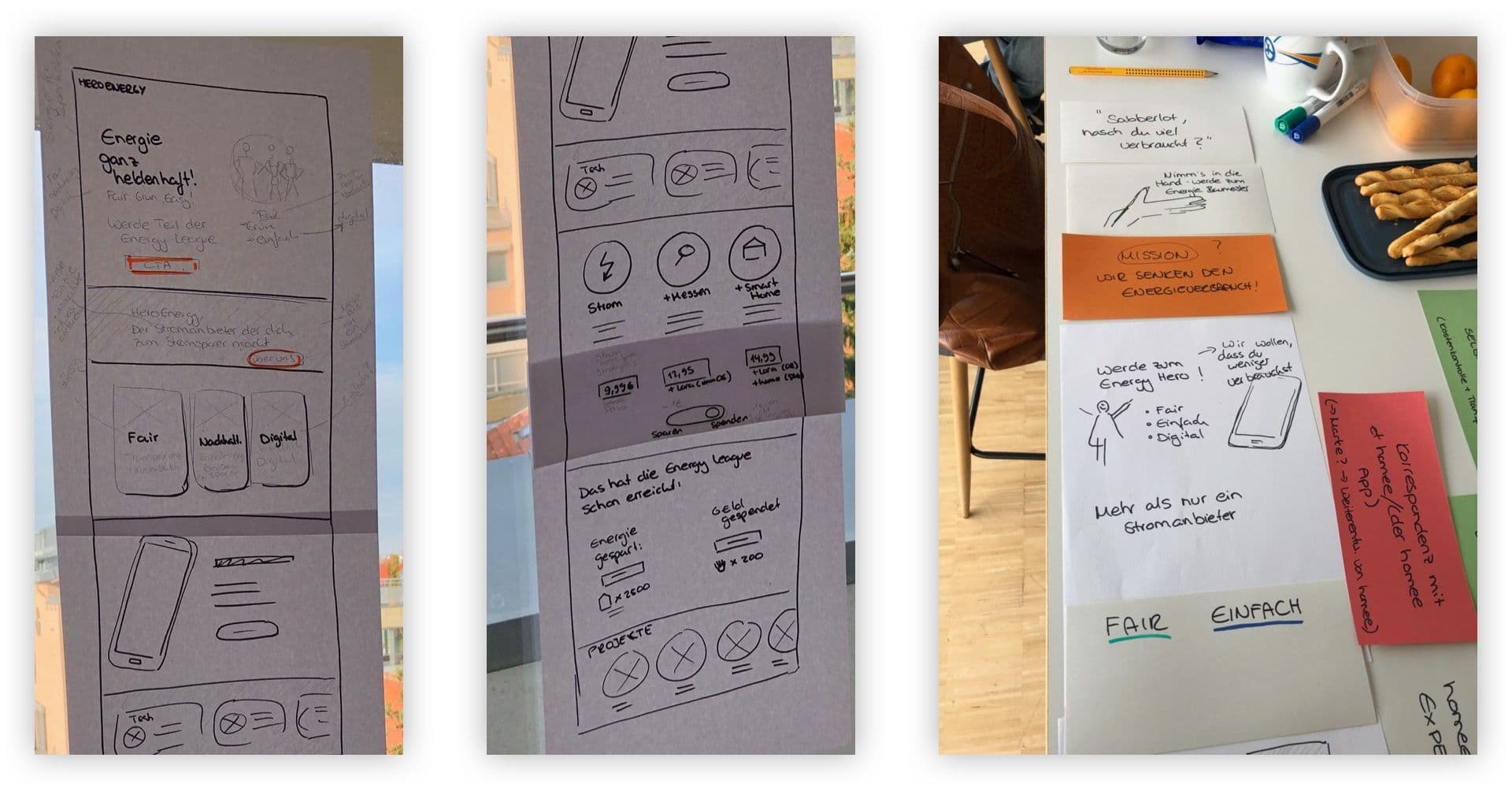
Design of the landingpage
My final contribution in this project was the design of the landing page. While doing so I still needed to figure out some specifics around the content and make some decisions around the structure. That is why we took some time as a team do review and discuss it and made use of an iteration round before we handed the design over to development.
As I was not tasked with the actual tests, I am not aware of how they worked out. But I really hope the team got some great learnings out of them and are now able to proceed with their business idea. I would like to use this opportunity to thank them for their trust and the creative collaboration!
